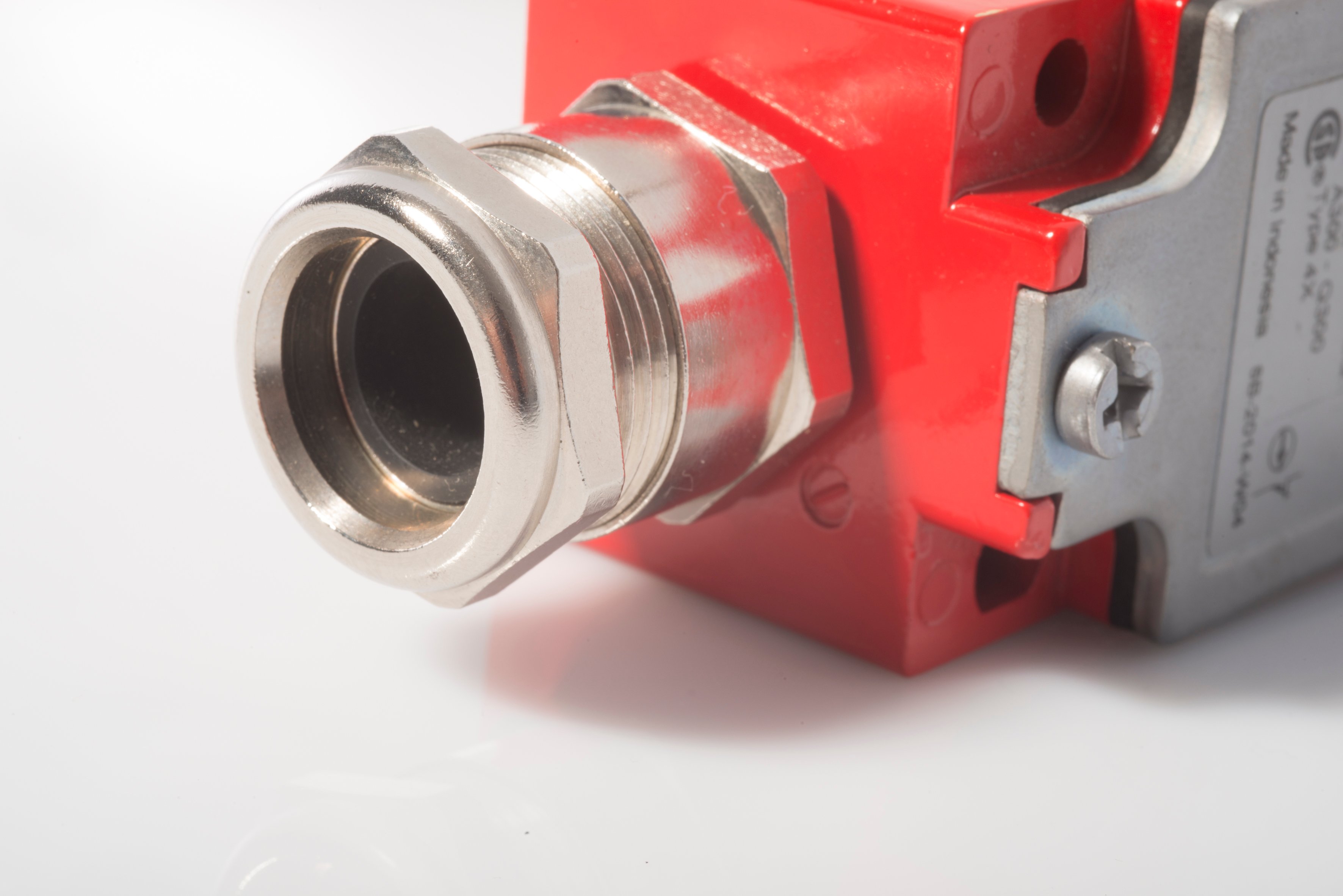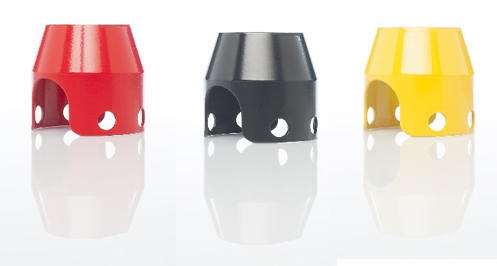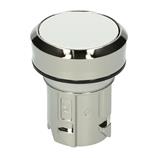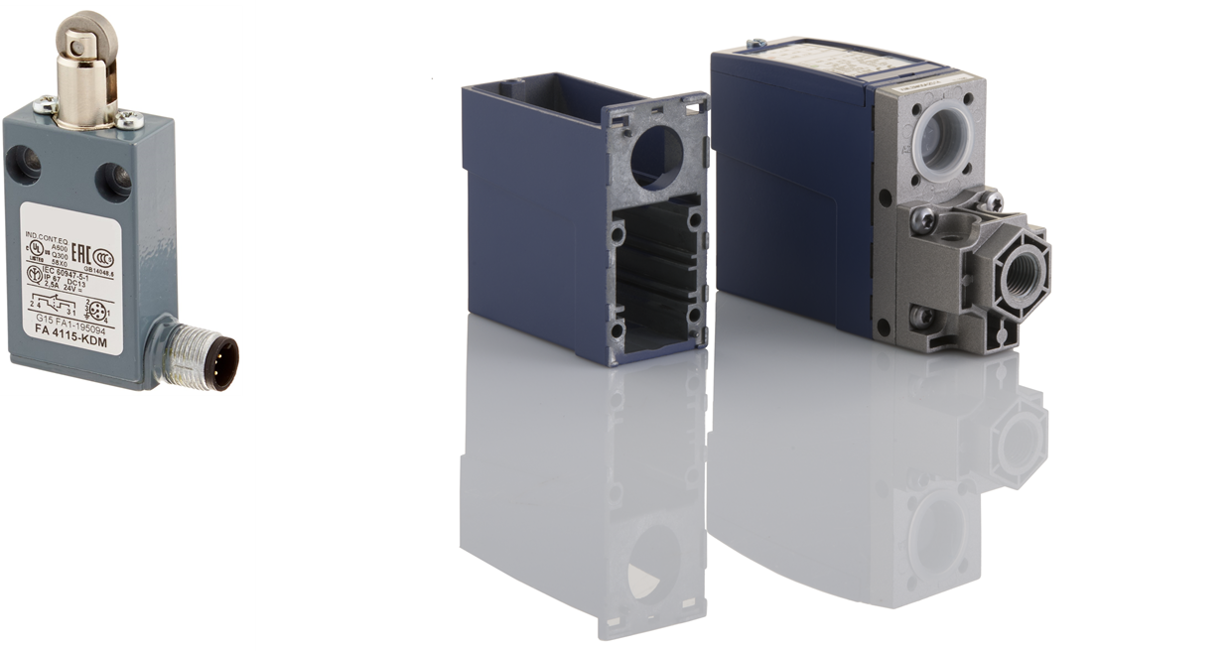As winner of numerous international awards, Bruschi Spa is known for its innovative approach in design and technology. We are glad to share our insights and experiences with the industry members.
Zinc components for electromechanical systems

In this post we will analyze the properties of zinc components for electromechanical systems and then review some products that can illustrate the advantages that Zamak can confer to articles intended for this sector.
Definition of Zamak components for electromechanical systems
Electromechanical systems are “devices which involve an electrical signal to create mechanical movement, or vice versa mechanical movement to create an electric signal” (source: Electromechanics, Wikipedia). Starting from this premise, although this definition of electromechanics is extremely broad, in this post we preferred to focus on components intended for machine tools which must have properties that allow their best performance in critical environments. We refer to another post the analysis of all those items that, even if inserted in electromechanical equipment, are intended for the building industry and therefore do not have the same technical requirements of strength and robustness that are necessary for components used in industrial environment.
Properties of zinc components for electromechanical systems
Zinc components for electromechanical systems have a number of properties that guarantee their functioning in critical environments with particular stresses. Among these properties we mention:
- Strength, hardness and rigidity
- Excellent surface quality
- Shielding against electromagnetic interference
- Anti-sparkling property
- Fluidity
Let’s now analyze them one by one.
Strength, hardness and rigidity
The choice of Zamak in this industry is determined by the properties of strength, hardness and rigidity that make the material suitable for protecting the electrical and electronic elements of machine tools and production machineries. For example, a Zamak housing for the protection of electrical and electronic components ensures that the elements are not damaged by environmental stresses and impacts.
For an overview on the properties of Zamak and of the different zinc alloys we suggest you to read the article The best zinc alloys for hot chamber die casting.
Excellent surface quality
Another important aspect in the production of Zamak components and in detail of Zamak components for electromechanical systems is the possibility to cast articles with the vacuum valve technology. Casting with the vacuum valve technology allows the caster to obtain components with an excellent surface quality and free from defects, such as the inclusion of air bubbles. This is particularly important in an industry such as electromechanics where it is necessary to protect with specific paints and surface treatments the components from oxidation deriving from the environment in which they operate.
To find out more on superficial treatments of Zamak components we suggest to read the post Coating, plating and other kind of surface treatments.
But how is it possible to cast with the vacuum technology?
This possibility is given by the vacuum valve for zinc die casting. The vacuum valve for zinc die casting is a technology invented in Bruschi in 1983 that has allowed the company to acquire an important competitive advantage over competitors. To discover the history of the invention of vacuum valve we recommend reading the post The history of vacuum valve in zinc die casting.
Shielding against electromagnetic interference
The good shielding properties against electromagnetic interference (EMI) of Zamak are important when it is necessary to protect electronic equipment. For this reason, Zamak is particularly suitable for the construction of housings for motherboards and other kinds of electronic components.
Anti-sparkling property
In addition, Zamak is an anti-sparkling material, this makes it suitable for use in work environments where sparks represent a risk of fire or explosion.
Fluidity
Lastly, the fluidity of Zamak allows the obtainment of components with a high degree of detail and extremely complex shapes directly during the casting process, without the need of secondary mechanical operations. This property of Zamak is therefore particularly useful in the case of components assembled with other types of materials, such as steel and aluminum.
Overview of Zinc products for electromechanical systems
Let’s now analyze some Zamak products for electromechanical systems, explaining their functionality and prominent features. This overview does not aim at being exhaustive because there is an endless variety of solutions that can be realized in Zamak, but it wants to give an idea of the possibilities that can be expressed with zinc alloys.
Protection for switches
In certain environments, such as production plants or aircraft cabins, it is necessary to protect switches in order to prevent them from being activated accidentally. In this case, Zamak proves to be a particularly suitable material because, unlike plastic, it does not risk deforming if subjected to pressure, thus providing ideal protection for the switch.

The product in the photograph, shown here in three color variations, serves precisely to protect a button. All the details are obtained directly during the casting phase, without the need for secondary mechanical processing. However, it is the surface quality that makes Zamak particularly competitive in the production of this component: the surface is smooth, without air inclusions or other surface defects, and is thus perfect for painting.
Housing for switches

The product shown in the photograph is a housing for switches inserted in a control plane. This component has technical, functional and aesthetic requirements: in fact, it has to be made of metal for the strength required in the systems in which it is installed, but it also has a visible part which must therefore be free of surface defects. In this case also, given the customer’s needs, as in the case of the protection for switches, vacuum technology was adopted. The vacuum valve then proves itself fundamental in the creation of the details that allow the housing to be inserted in the control plane. The surface treatment of this product is nickel plating, both an aesthetic and protective treatment.
Limit switch actuators and pressure switches
Both limit switch actuators and pressure switches are components with Zamak elements intended for machine tools and automations. The limit switch actuators, as is evident from the name, are used to produce an output in reaction to the end of the stroke of a component. They therefore have a very wide field of application and can be installed in various types of automation. Pressure switches, on the other hand, measure the pressure of a liquid inside a system, and are therefore installed on instruments that require specific pressures such as some types of brake and machine tools.

In the image in the left there is a limit switch actuator while in the image in the right there is a pressure switch.
For both the component the choice of Zamak as a raw material is determined by specifications similar to those of the products mentioned above. In fact, zinc components for electromechanical systems require strength and resistance in critical environments. Robustness is essential to protect the electronic and mechanical components housed within the product, while resistance in critical environments is achieved through specific surface treatments. In the case of these products, after a first chromation, a powder paint was chosen and the resistance of the components to environmental stress was measured through the salt spray test.
Moreover, as for the products illustrated above, both to obtain the surface quality necessary for an optimal deposition of the paints and for the realization of the small details required by the geometry of the object, the technology used is that of the vacuum valve.
Conclusions
As we have seen, the applications of Zamak components for electromechanics systems are numerous. In fact, electromechanics is an industry that, on various levels, can benefit from the characteristics of Zamak products, both as regards the production of protective housing or enclosures and as regards the creation of functional elements such as end-of-stroke actuators and pressure switches. As previously defined, zinc alloys have characteristics that make them versatile materials: we have seen only a few examples of how they can be used in the electromechanical industry, but the possibilities are many and many more.
Contact us to discover how zinc alloys components can be important elements in the electromechanical industry, click here to fill in the form.

